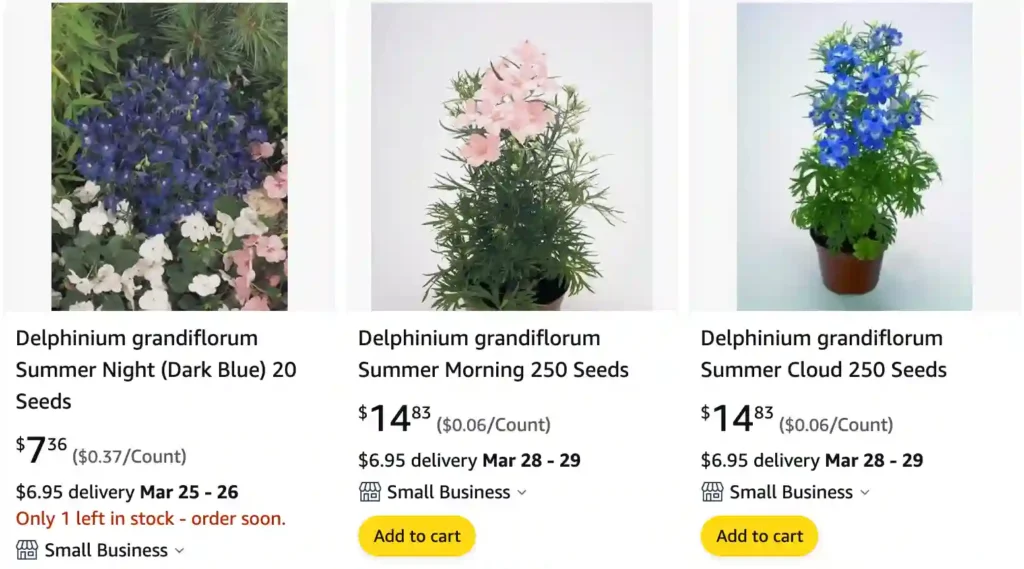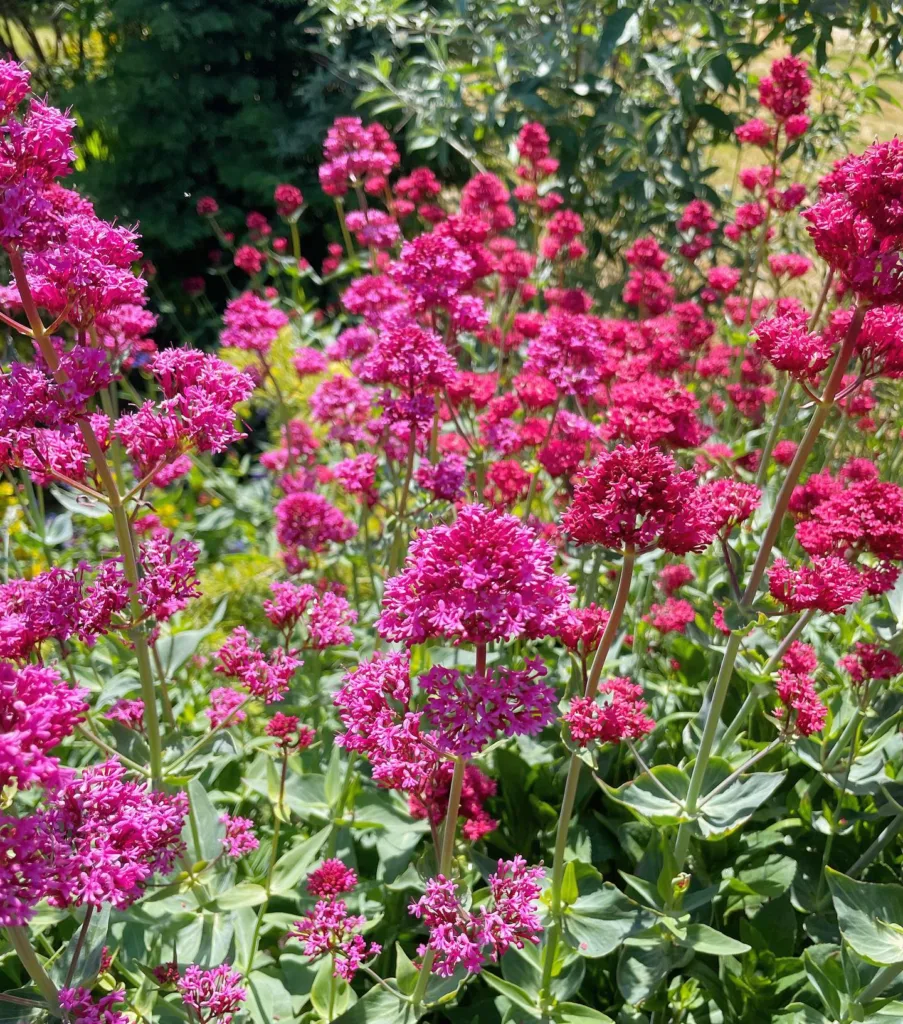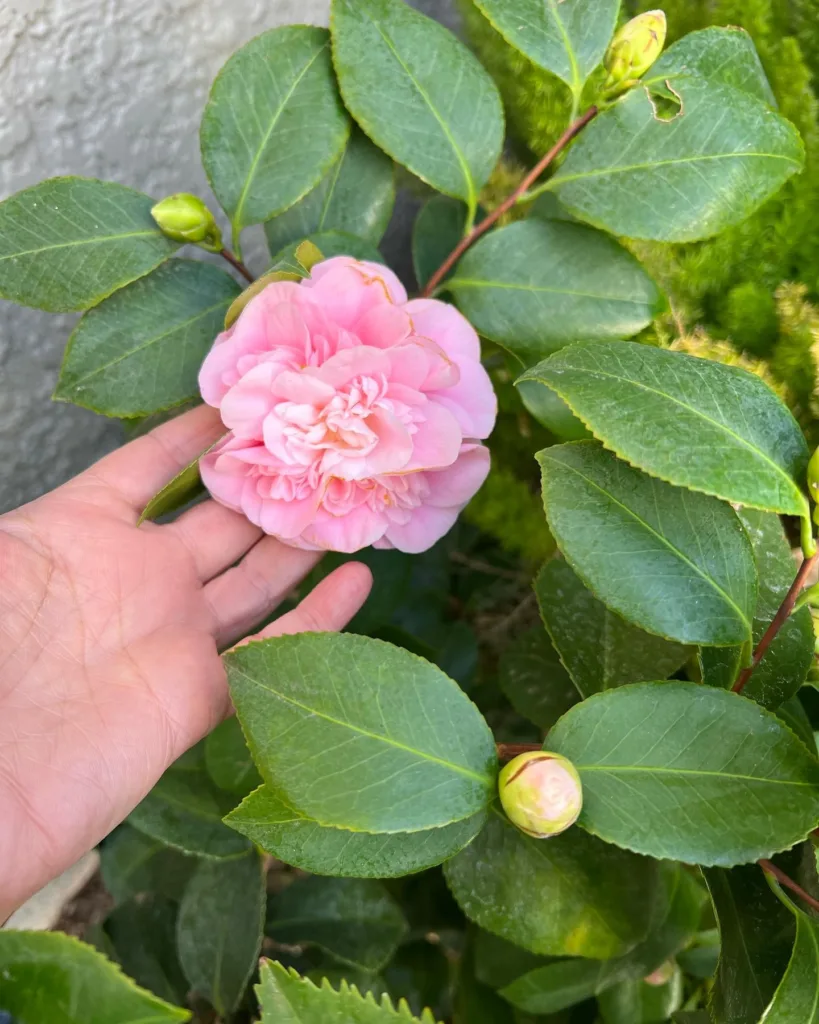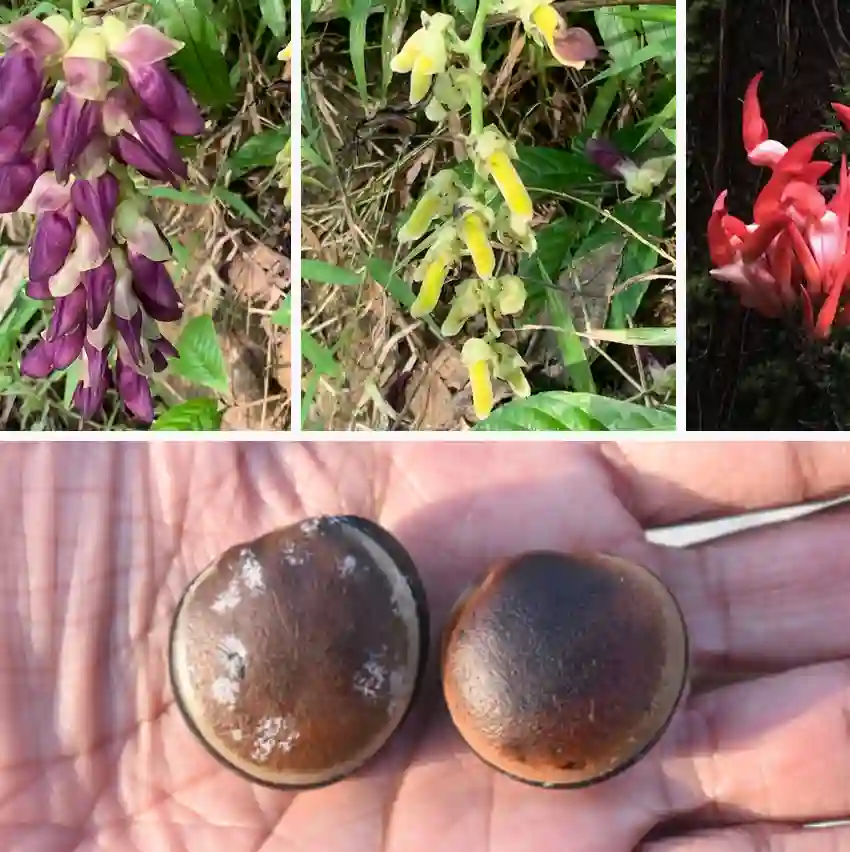
The Enchanting Delphinium Grandiflorum: A Gardener’s Guide
As a gardener, I’m always on the lookout for plants that add a touch of magic to my space. Enter the Delphinium Grandiflorum, also known as the Siberian Larkspur or Chinese Delphinium. This stunning perennial boasts towering spires of blooms in a captivating range of blues, purples, and even whites.
For years, I’ve been captivated by these majestic flowers in friends’ gardens and public spaces. Their elegant presence and long bloom time make them a true showstopper. But let’s be honest, some of the most magnificent flowers can also be the trickiest to cultivate. So, I decided to delve into the world of Delphinium Grandiflorum and share my learnings with fellow gardening enthusiasts like yourself.
543 Species in Genus Delphinium
What is Delphinium Grandiflorum?
Delphinium Grandiflorum is a short-lived perennial native to the vast landscapes of Russia and China. Despite its “short-lived” status, it can grace your garden for several seasons with proper care. It typically grows 1-3 feet tall, with some dwarf varieties reaching only 10-12 inches. The star of the show, however, are the magnificent blooms. Borne on tall, slender stems, these flowers come in single or double forms, each with a distinctive spur that adds to their charm. The most common colors are blue and purple, but with careful selection, you can find varieties in white, pink, and even bi-colored options.
These delightful plants are a magnet for pollinators like butterflies and hummingbirds, adding a touch of life and vibrancy to your garden. Plus, they’re deer and rabbit resistant, a huge plus for those of us constantly battling these garden nibblers.
Delphinium Grandiflorum vs Oreganum
When comparing Delphinium Grandiflorum and Oreganum, I noticed that Delphinium Grandiflorum’s vivid blue flowers brought a striking contrast to my garden, while Oreganum’s aromatic foliage and pinkish-purple blooms added a delightful scent and visual interest.
How to Grow Delphinium Grandiflorum?
Now that you’re smitten with the Delphinium Grandiflorum, let’s get down to the nitty-gritty of growing these beauties.
Planting:
- Timing is key: Aim to plant your Delphinium seeds in late summer to early fall for spring blooms. Alternatively, you can start seeds indoors 6-8 weeks before the last frost date.
- Location, location, location: Delphinium Grandiflorum thrives in full sun but appreciates some afternoon shade in hotter climates. Choose a location with well-draining soil, as they don’t tolerate soggy conditions.
- Soil preparation: Amending your soil with compost or aged manure is crucial for providing these plants with the nutrients they need to thrive. Ensure the soil pH is slightly acidic, between 6.5 and 7.0.
Care:
- Watering: Consistent moisture is vital for Delphinium Grandiflorum. Water deeply at the base of the plant, allowing the soil to dry slightly between waterings.
- Fertilizing: Feed your Delphinium with a balanced fertilizer every few weeks during the growing season. Stop fertilizing once flowering begins.
- Staking: Taller varieties may require staking for support, especially when in bloom. Use plant supports or bamboo stakes to keep them upright during windy conditions.
- Deadheading: Deadheading spent flowers encourages continuous blooming. Simply remove the flower stalk just below the faded bloom.
What to Plant with Delphinium Grandiflorum?
Delphinium Grandiflorum’s tall, elegant presence makes it a perfect choice for the back of a flower border. Here are some fantastic companions to consider:
- Perennials: Foxgloves, Russian Sage, Yarrow, and Catmint all complement the Delphinium’s color palette and bloom times beautifully.
- Low-growing plants: Create textural contrast by planting low-growing perennials like Lavender, Creeping Phlox, or Alyssum at the front of your border.
How to Propagate Delphinium Grandiflorum?
There are two main ways to propagate Delphinium Grandiflorum:
- Seed: While straightforward, this method requires patience as it takes a while for seedlings to mature into flowering plants.
- Division: This method is best suited for mature Delphinium plants. Carefully divide the clumps in early spring or fall, ensuring each division has healthy roots and crowns.
What Eats Delphinium Grandiflorum?
While Delphinium Grandiflorum is generally resistant to pests, there are a few potential threats to be aware of:
- Slugs and snails: These slimy creatures love to munch on Delphinium foliage. Use organic repellents like diatomaceous earth or beer traps to keep them at bay.
- Aphids: These tiny sap-sucking insects can weaken the plant. Apply insecticidal soap or neem oil if you notice an infestation.
Winter Care
Delphinium Grandiflorum can be a bit finicky in colder climates. Here’s how to ensure their survival over winter:
- Cut Back: Once the first frost arrives, cut back the stems to about 4-6 inches above the ground.
- Mulch Heavily: Apply a thick layer of mulch (around 3-4 inches) around the base of the plant to protect the roots from harsh winter temperatures. Choose a material like shredded bark, compost, or straw.
Potential Challenges
Despite their beauty, Delphinium Grandiflorum can present a few challenges:
- Short-lived: As mentioned earlier, these plants are technically short-lived perennials. While they may self-seed readily, their lifespan is often just a few seasons. To ensure continuous blooms, consider starting new plants every few years.
- Powdery Mildew: This fungal disease can affect Delphinium Grandiflorum, especially in humid conditions. Ensure good air circulation around your plants and water only at the base to prevent moisture buildup on the leaves.
- Flopping: The tall flower stalks can sometimes flop over, especially after heavy rain or strong winds. Staking is crucial to prevent this and maintain the plant’s elegant form.
Conclusion
The Delphinium Grandiflorum, with its captivating blooms and stately presence, is a worthy addition to any garden. While it may require some extra attention, the rewards are undeniably beautiful. With a little planning and care, you can enjoy these magnificent flowers gracing your garden for years to come. So, take a leap of faith, embrace the challenge, and witness the magic of Delphinium Grandiflorum unfold in your own backyard!
If i die, water my plants!



